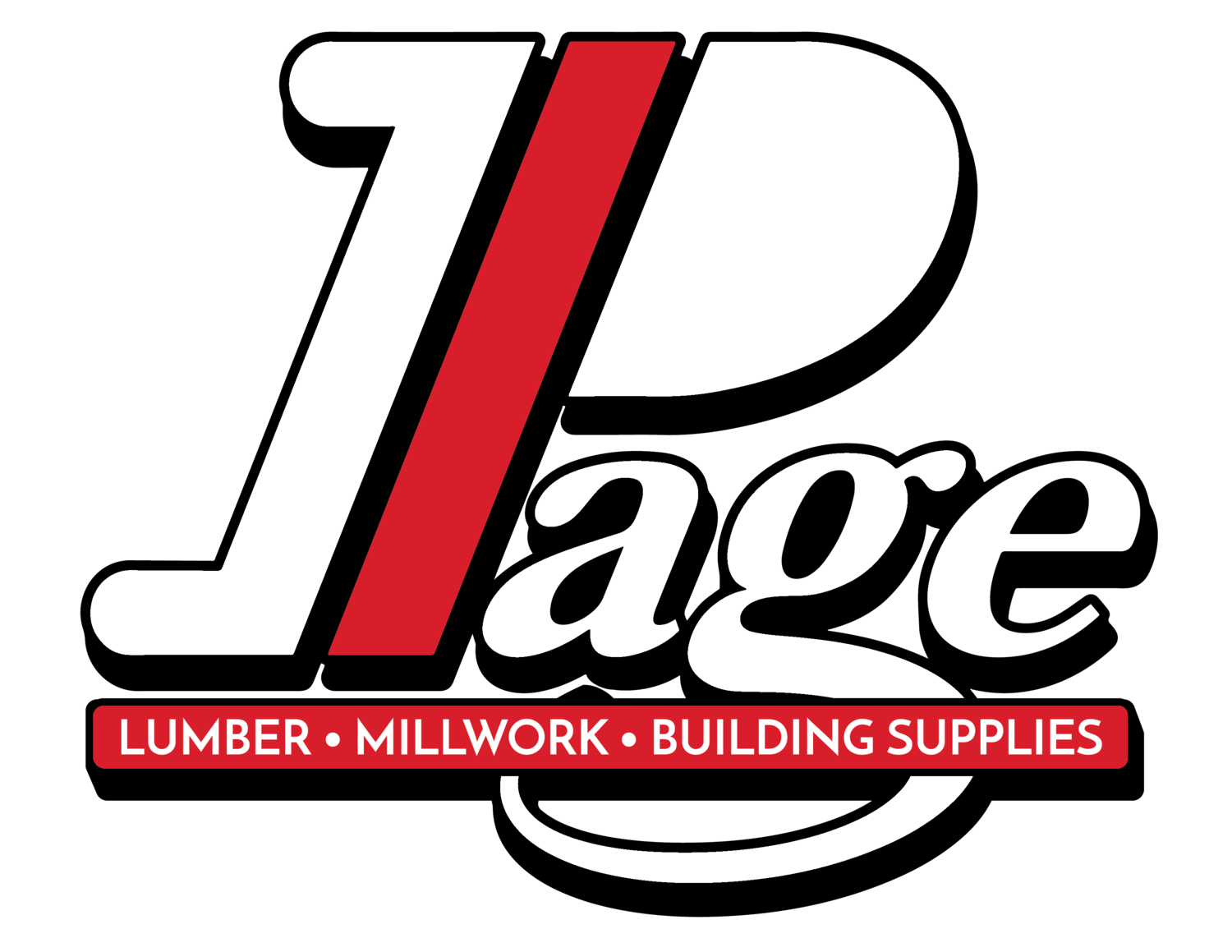How to Build a Watertight House in the Hudson Valley
Whether it’s summer rain or winter snow, excess water can turn your home sweet home into a flooded, leaky mess in a heartbeat. That’s why it’s important to take preventive steps now to prevent potential damage later. When left unchecked, gaps and deteriorated areas of your house can make it all too easy for water to infiltrate and create lasting damage in the form of mold and rot. Here’s what you can do to manage water and the elements:
Inspect areas prone to leaks
No matter what style of home you live in, certain areas of the house are more likely to experience leaks than others. The four main locations to inspect for potential leakage are the roof, the siding, the foundation, and around the windows. When reviewing each area, check for signs of past water damage, including mold spots, bubbling or peeling paint, and rotted wood. If you notice any of these signs (or even if you don’t), it’s time to protect your home and secure it against future storms.
Start with the roof
Since the roof is the first place that raindrops and snowflakes hit, it’s critical that this surface is as protected from the elements as possible. To ensure this, start strong with underlayment and an ice and water barrier to prevent water from entering your home. These layers go underneath the roofing shingles and act as an additional barrier in case of water leaks or ice dams. On top of that, make sure to incorporate flashing into all corners to prevent liquid from seeping into crevices. When constructing a sturdy roof, all materials should be layered and overlapping so that no seams are at the top. Flashing and caulking at the joints is imperative for an impermeable roof. Starting off with tight layers and seems can help flashing and caulking last longer by minimizing the expanding and contracting of the materials underneath. Along these lines, be sure to pay attention to the caulk you purchase to confirm you select one with a good lifetime.
Make your siding strong
After making its way along the roof, water dives down the sides of the house prior to hitting the ground. That’s why, just like with the roof, siding must remain protected against potential water damage. Get a solution for your home by asking the pros at Page Lumber, Millwork & Building Supplies about a TYPAR house wrap to keep leaks far, far away. TYPAR creates wraps and flashing tapes designed to stand up against wind and water to keep your home safe and sound.
Protect your foundation
When water droplets make their way to the ground, they can create lasting wear and tear on your home’s foundation. To prevent this from occurring, seal the foundation with a quality product like Henry Foundation Coating, which is designed for damp-proofing above and below concrete and masonry walls and foundations to ensure the basement remains dry and leak-free.
Think about landscaping
While gutters help keep water away from the home’s foundation, plants that sit too close to the house can cause puddles to form all the same. When pools of water are near to the property, they can seep into the ground and, by extension, into the foundation. Instead of planting flora close to the house, make sure any landscaping sits a far enough distance away to ensure that water doesn’t stagnate and cause problems down the line.
Ready to make your house watertight as can be? Head to Page Lumber, Millwork & Building Supplies locations in the Hudson Valley to speak with an expert and keep your home sweet home safe from Mother Nature.

